"Bringing Tarantino’s vision of Hollywood circa 1969 back to life was essentially to get to know the man himself and the town where he was raised." He's got credits on some of Hollywood's most prominent films, calls David Fincher and Quentin Tarantino colleagues, and is trusted with bringing an incredible array of stories to life on screen. Here, location manager Rick Schuler talks Fight Club, Se7en and, his most recent release, Once Upon a Time in Hollywood.
What was the first film you worked on in a location scouting / managing capacity?
I was scouting for TV commercials at Propaganda Films when one day David Fincher, who I had worked with previously, asked me if he could send me something he was working on. I was expecting a treatment for a commercial, but instead it turned out to be the script for Se7en. What an amazing project to begin my career in cinema.
Take us through the location scouting process – how does it begin for you?
After reading the script, I make a list of all the locations and what is logistically required for each. I also make a list of questions for the director. For instance, in regard to a house location, what style of architecture is the director thinking of? What size a house? Does the colour of the house matter? Are we thinking of building part of the interior of a house on stage or are we shooting the entire scene on location?
The next step is to meet with the director and production designer and hear what they are thinking. Usually they have specifics on a few locations, but for the most part, they rely on me to offer up ideas.
My very next step is to get a schedule from the Assistant Director. This tells me how long they are thinking it’s going to take to shoot a particular scene. That can inform what part of town I may scout or not scout depending on city ordinances and / or restrictions, etc.
After further research, my department and I head out and start scouting the locations. I usually assign a singular location to each person so that they can immerse themselves into the specifics of that location and follow through with multiple leads that may present themselves. It’s a process of discovery. We may go down one road and then be surprised to discover something else. Given the movie, we might have from forty to eighty locations to find, so securing those easier ones up front gives us a sense of accomplishment as we struggle in some cases to nail a more difficult one. The task is to find multiple options and let the director decide which one best exemplifies their vision.
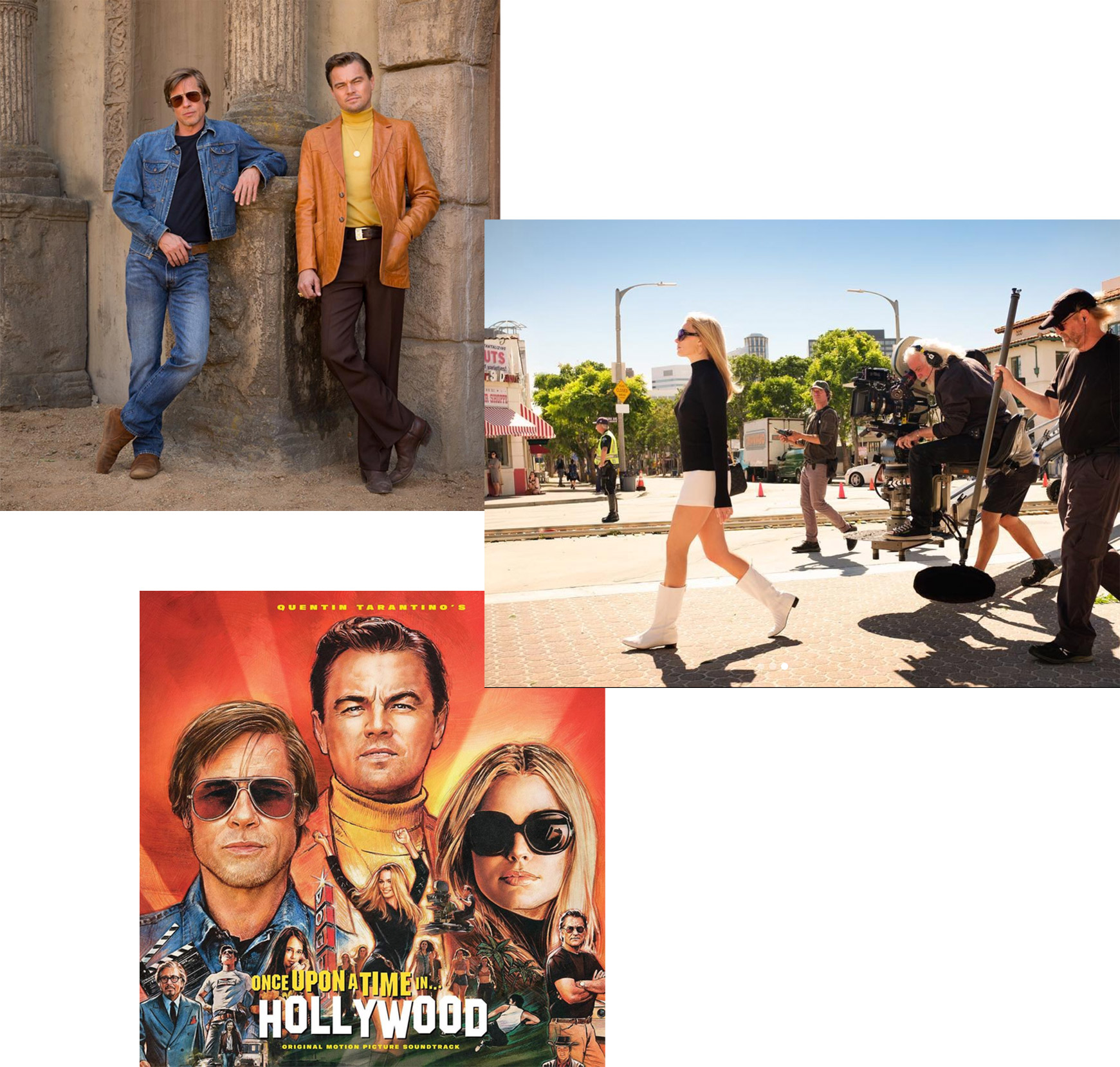
"One of the most rewarding and fun memories I have of working on Hollywood Boulevard was to watch the incredulous looks on the faces of the tourists witnessing Brad Pitt and Leo DiCaprio driving down the boulevard."
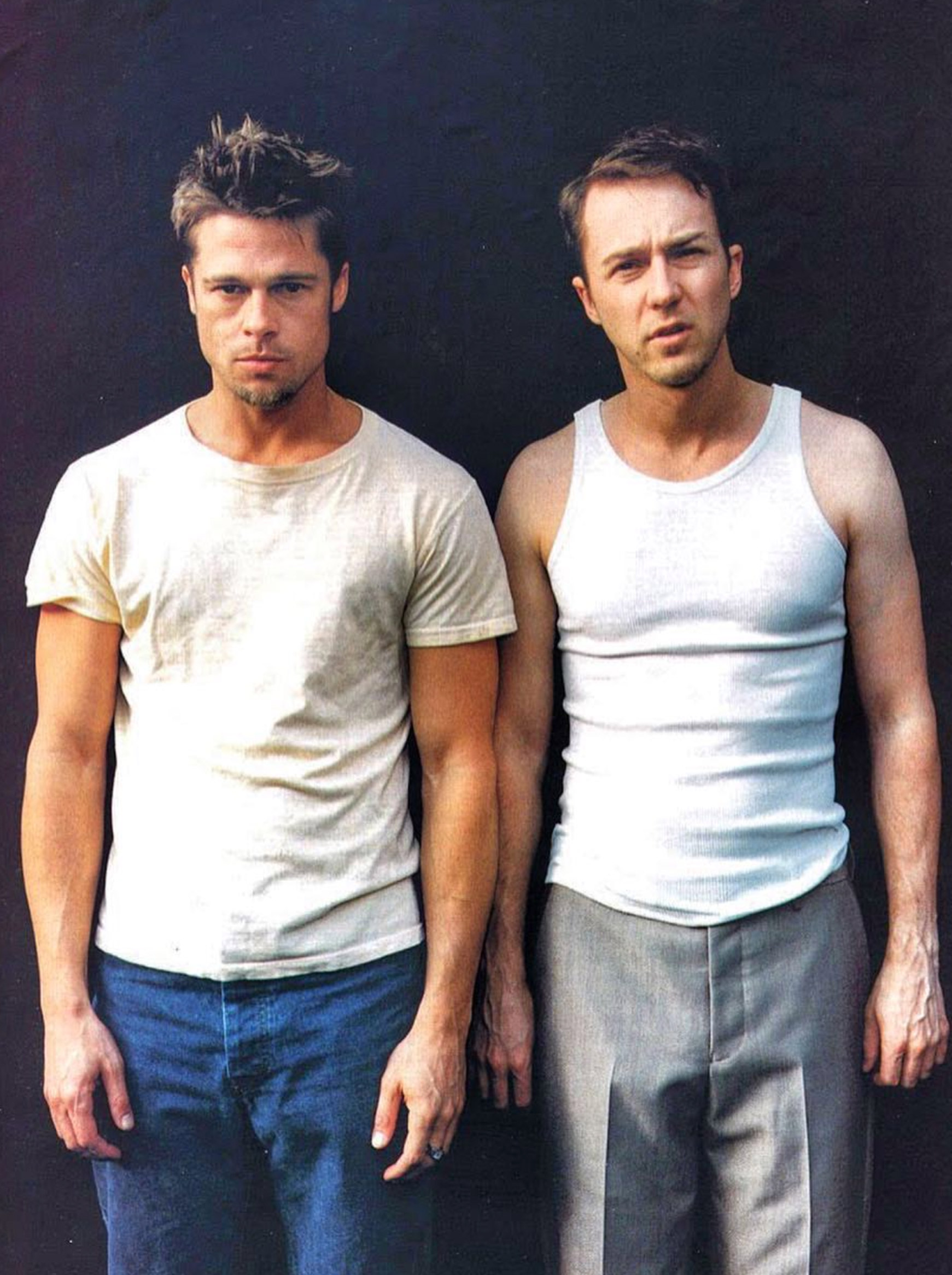
What does research look like for you when you are working on a film?
I think it is probably self-evident that the internet is our main tool. With the use of Google Earth and Google Maps, I will scour neighbourhoods looking for pools or long driveways or whatever it is that an aerial view can give us that we can’t get from the ground. Street view is a great tool, but one must be cognisant to check the date of the Google images as they are not always up to date. Even so, the images will give you instant info like how wide a street is or whether it is tree lined or not, or how eclectic or similar the homes are in a particular neighbourhood.
Other research also involves contacting a Chamber of Commerce or Visitor’s Bureau or real estate agents or governmental agencies in various cities for leads on architecture, agriculture, weather patterns, etc. Specific historic organisations are also invaluable in tracking down period information and for scouting locations that are closed to the public - whether to see that specific location or to see historic pictures of the surrounding area hoping to catch a glimpse of times past.
"I think Once Upon A Time in Hollywood has been one of the hardest films to scout. A period movie is always challenging and especially one that centres on Hollywood these days."
What’s been the hardest film to location scout for?
[Once Upon A Time in Hollywood] ... What proved the most challenging location to find was the residence of our leading actor, Leo DiCaprio, who just happens to live next to Sharon Tate in the Hollywood Hills. This location search seemed endless as the requirements for the lay of the land for each house needed to be so precise, from the gates at the mouths of the driveways, to the length of the driveways, to the style of the house, to the position of the pool in relation to the front door of the adjacent house, and so on. In the end a great combination of all of these requirements was found in the Hollywood Hills. This long list of requirements comes from a director that is also a writer. He has written the scene with certain camera moves in mind and therefore the location has to precisely fit the scene and the camera movement.
What was it like bringing Tarantino’s vision (specifically L.A. in the 60s) to life?
The experience was like leafing through the pages of an old personal family album. On one occasion while we were driving around, he got excited about a memory and gave specific directions to follow to this particular street corner. We made a left from Riverside Drive on to Forman Avenue in Studio City and he told us to pull over. He immediately jumped out of the car and walked back to the southwest corner. Full of enthusiasm and delight he recounted to us how he used to come here as a kid and that the bar across the street used to be a restaurant called The Money Tree where he dined as a kid. And as is often with Quentin, the conversation segued to a scene from an old TV show that was shot at this very corner.
He thought it would be a perfect location for the scene where Brad Pitt’s character has another encounter with a hitchhiking Manson girl. The producer turned to me and commented that this did not seem like a good location to shoot. While it would definitely be a challenge, I was learning very quickly that if he showed specific interest in an area, it wasn’t just a walk down memory lane. He was really thinking of shooting here. And sure enough we did. Not an easy location so close to the studios and located on a major thoroughfare nonetheless, but we stripped the facades and storefronts of their modern touches, removed and reconstructed signs, re-striped the crosswalks, redressed everything, parked some vintage cars, and with some fifty extras walking back and forth on the sidewalks, brought the block back to circa 1969 just as he remembered it.
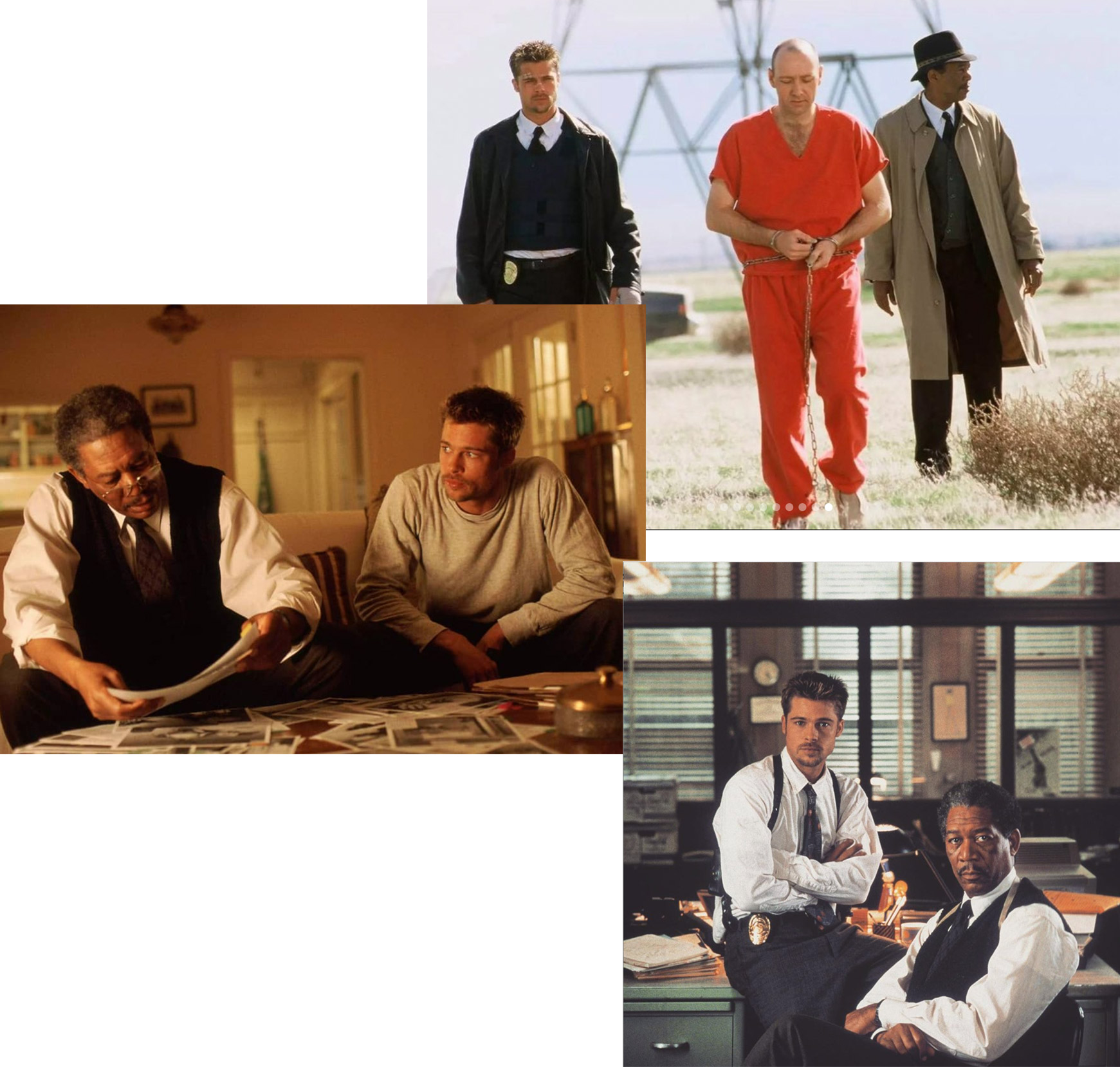
"In essence, I think Hollywood is both an idea and place. It symbolises creativity on a large scale. It represents a point of view; that all things are possible if dedication, hard work and a bit of luck converge at the right moment in time."
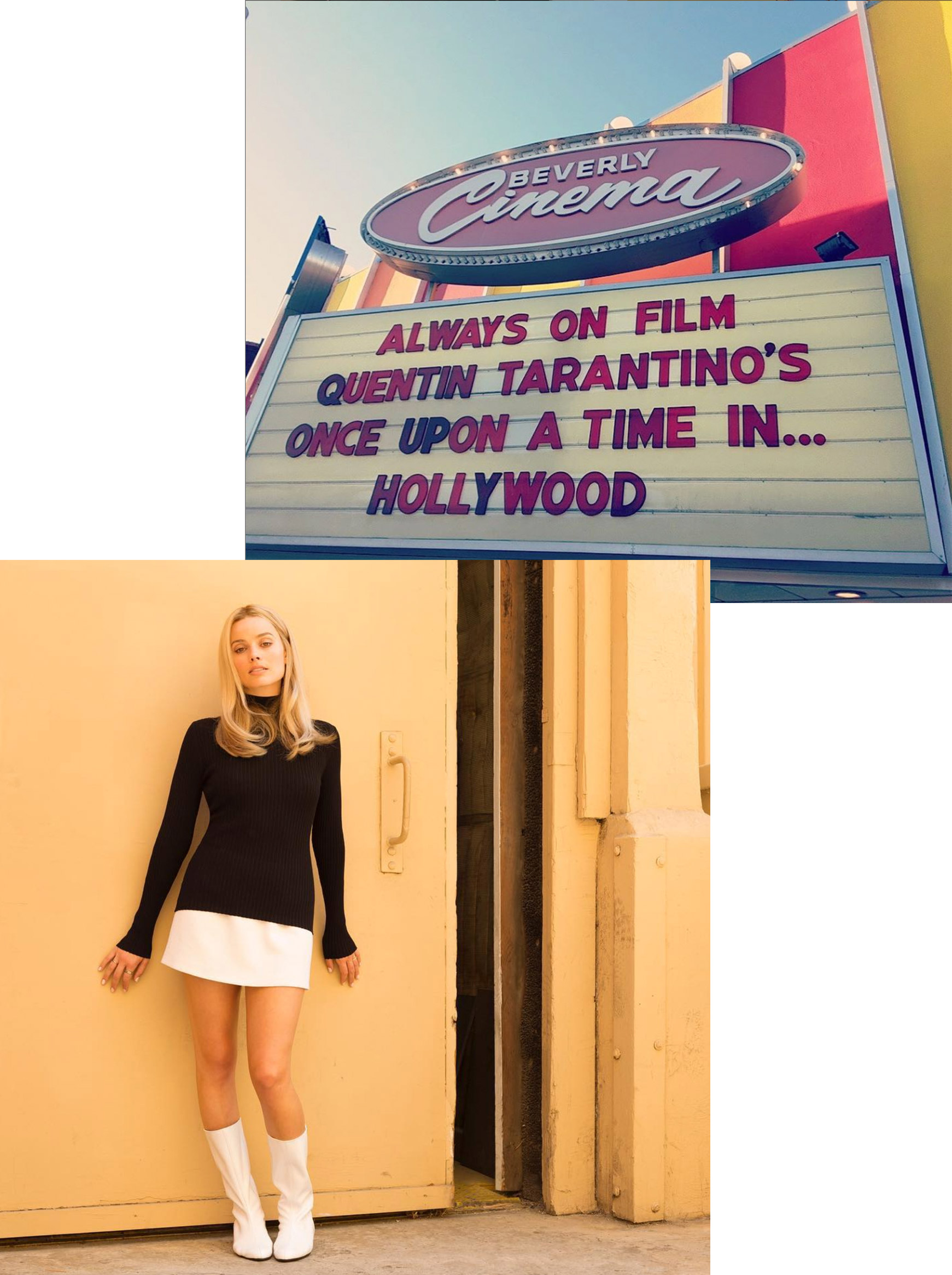
"I think the most important aspect of capturing history in a location starts with the vibe. I know that sounds esoteric, but I think there is something real about that."
Fight Club turns 20 this year. Could you tell us a little about how you brought the world of Fight Club to life?
Fight Club was my third feature collaboration with director, David Fincher. We had previously worked on The Game with Michael Douglas and Sean Penn. Fight Club felt like a return to the aesthetics of the movie Se7en, at least in terms of the locations. It seemed I scouted endlessly for gritty, interesting looking basements and alleyways. My favourite locations, however, were Lou’s Tavern and the house where the main three characters (Helena Bonham Carter, Brad Pitt, and Ed Norton) lived together. The location for Lou’s Tavern was an old strip club whose last incarnation was that of a makeshift garage. It was located on the edge of the port of Los Angeles which happened to offer up two other locations; a liquor store and a parking lot. I had been scouting for an old house, but could not find the right house or neighbourhood, but this parking lot offered the right setting – a nearby nondescript power plant with an active smokestack was in view and the neighbourhood was peppered with empty lots and boarded up buildings. The only thing missing was the house. Having shot the location in nice light I showed David the photos. He loved the look and asked what I was thinking. I suggested we build the exterior and interior of the house on location and forgo building just the interior on stage. Low and behold that is where we built the set and shot for weeks.
At the time did you think that Fight Club would be as iconic as it is now considered?
I did not think Fight Club would become as iconic as it did, but I knew it was something special. You can’t read Chuck Palahniuk’s book and not know something is happening here. The movie was ahead of its time. It’s a commentary on capitalism and how to find meaning. I think today’s millennials get this movie, but back then only urbanites in Los Angeles and New York got it (at least if box office receipts are any indication).
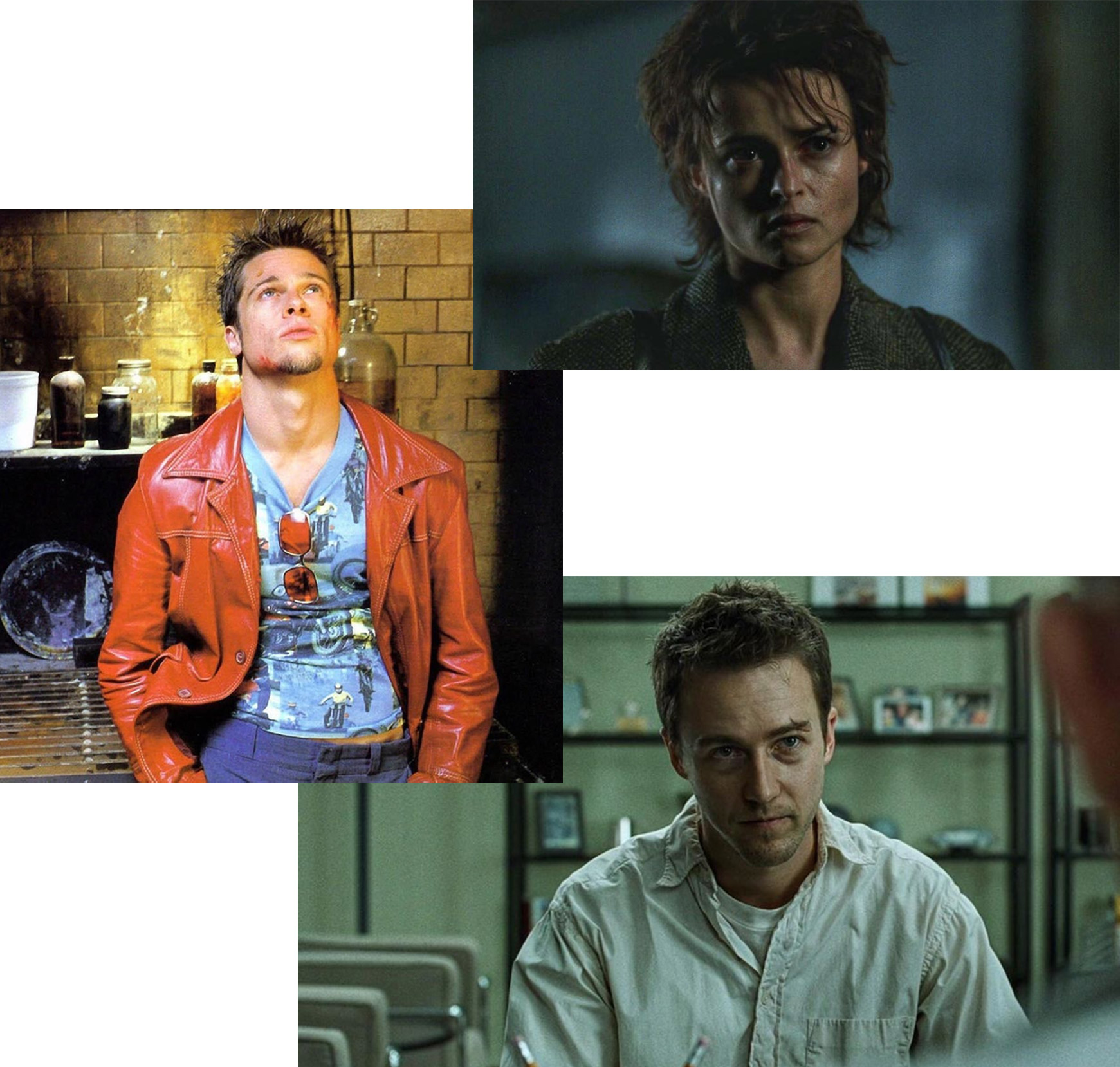
"I’m a purist when it comes to locations, so if an actual location is referenced in the movie, I will try as hard as I can to get that location."
Photography courtesy @fightclubworld; @onceinhollywood; @from.belair; @empireofgeeks; @cinemauniverso.



